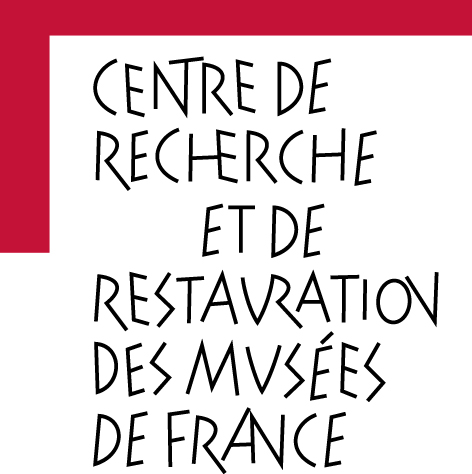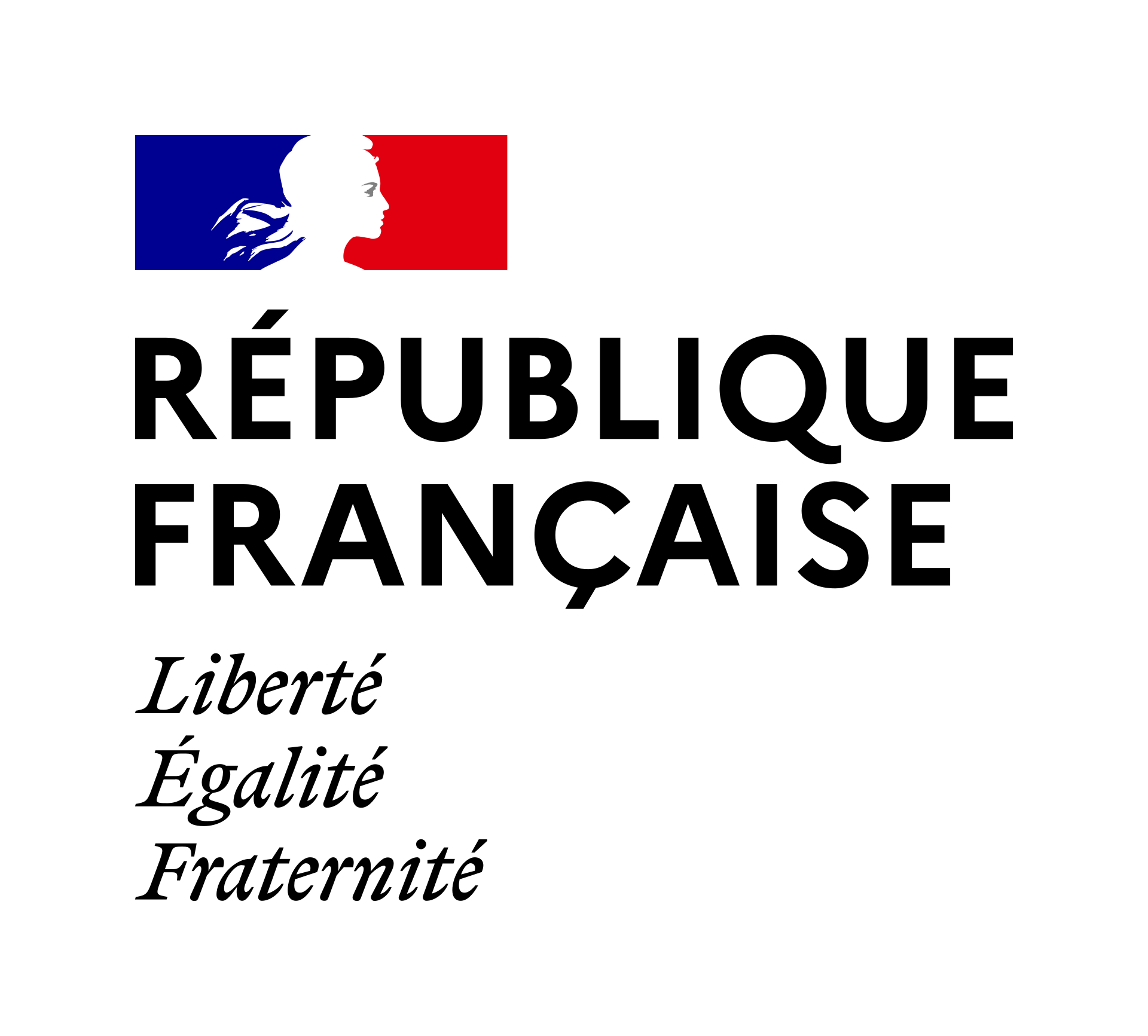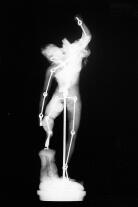التُّراث اليهودي، والسُّلطة المغربية
Jewish heritage, Moroccan power
Patrimoine juif, pouvoir marocain
Résumé
منذ سنوات الـ2000، كانت اليهودية موضوع عملية إبراز من جانب المؤسسات المغربية. يمكن ملاحظة هذه العملية بشكل خاص في مجال التراث (patrimoine) : ترميم المقابر والأحياء اليهودية القديمة (أو الـمِلاَّحات)، تَـتْـحـيف [أو مَتحَفَة]1 المعابدِ اليهودية2 أو إنشاء متاحف مخصصة لليهودية المغربية. يستكشف هذا المقال الفرضية القائلة بأنَّ لِلعملية التراثية هذه أهميةً سياسية تتجاوز مجرَّد تثمين التاريخ المغربي وتتعلق بشكل خاص بمكانة المَلِك في النظام السياسي الحالي. مُنذُ اعتلاءِ المَلكِ محمد السادس العرشَ سَنة 1999، واجهَ أحداثًا كبرى (هجمات الدار البيضاء الإرهابية سنة 2003، حركة 20 شُباط/فبراير 2011). لقد فرضَت إعادةُ تعريف السلطات السياسية والدينية للملك نفسَها، ولا سيما مع الدستور الجديد الذي صدر في عام 2011. وفي هذا التشكيل السياسي الجديد، فقدَ المَلِكُ محمد السادس شيئًا من سلطته رسميًا، دون أن يتخلَّى عن دوره كحَكَم في اللعبة السياسية المغربية. لقد ترَكَّـزَ الحفاظ على مركزية المؤسسة المَلَكية حول الدور الديني للملك الذي يحمل لقب «أمير المؤمنين». يهدف هذا المقال إلى تسليط الضوء على أهمية الحالة الدينية في استقرار السلطة المَلكية. وقد ساهمَت إعادةُ قراءة هادئة ورصينة للتاريخ اليهودي المغربي، نُشِرَتْ عبر مشاريع ثقافية وتراثية، في الحفاظ على مركزية المؤسسة المَلكية في المشهد السياسي المغربي. في الجزء الأول، يستكشف هذا المقالُ إنشاءَ ذاكرة مؤمَّمة [تابعة للدولة] لليهودية المغربية. أصبحَت مبادراتٌ مثل إدخال التاريخ اليهودي في الكتب المدرسية المغربية في عام 2020، أو مشروع التجديد الكبير لـ 167 مقبرة يهودية في المغرب، فُرصًا للترويج لشخصية الملك محمد السادس وأسلافه كحُماة لليهود وتراثِهم. ويُكمِل تحليلُ متحف اليهودية المغربية في الدار البيضاء هذا التأملَ من خلال إتاحة الفرصة لإظهار مركزية الحالة الدينية في دمج اليهودية في الرواية الوطنية. ثم ينتقل التأمل نحو مدينة الصويرة وفضائها المتحفي «بيت الذاكرة»3، مشيرًا إلى كيفية تحوّل هذه الأماكن إلى رموز لتفسير التاريخ المتمحور حول التعايش والتقارب بين الإسلام واليهودية، تحت رعاية سلاطين المغرب وملوكه. وفي الختام، فإن مسألة تتريث اليهودية [تحويلها إلى تُراث] ودخولها في مشروع سياسي مَلكي يُناقشها تحليلُ دار الحاخام ربي حاييم بينتو في الدار البيضاء، وهو مكان غير مُـتَـتْـرَث [غير مُحوَّل إلى تُراث]، ولكنه مع ذلك مركزي في ممارسات الطائفة اليهودية وذاكرتها في الدار البيضاء. يتم إثراءُ هذا التحليل بالمساهمة التي يقدّمها العمل الميداني الإثنوغرافي الذي أُجريَ بين عامي 2021 و2023 مع أعضاء من الطائفة اليهودية، وكذلك مع المسلمين المشاركين في مشاريع الحفاظ على التراث اليهودي المغربي. لقد تمَّ القيامُ بهذا العمل بشكل رئيسي في مدينتَي الدار البيضاء والصويرة، حيث يوجد متحفان مخصَّصان لليهودية. وتُعَدّ أنظمتهما البيئية مَدخلاً محتملاً لتحليل السياسات التراثية، وكذلك لتوجيه المقابلات شبه المنظمة مع موظفي المتحفَين ومع المواطنين المشاركين بدرجات متفاوتة في تتريث اليهودية. وقد وفَّرَت مقالات الصحف المغربية باللغة الفرنسية والبيانات الصحفية الرسمية الصادرة عن الوزارات المَعنيّة قاعدةَ بيانات لفهم تصميم هذه السياسة وتَـلَـقِّـيها. إن الخطابات التي ألقاها الملك، في المغرب وخارجَه، مثل بعض الأحداث الدولية المخصصة للتراث اليهودي المغربي، تساعد في تحليل السياسات الثقافية المغربية المعاصرة بخصوص هذا التراث.
Since the 2000s, Judaism has undergone a process of visibilization carried out by the Moroccan institutions. Its material visibility is particularly noticeable in the process of patrimonialization: the restauration of cemeteries and former Jewish neighborhoods (mellahs), the museificaiton of synagogues, the opening of museums dedicated to Jewish memory and history. This article suggests that the patrimonialization of Judaism in Morocco carries political implications that go beyond the goal of promoting Jewish history, and that touch upon the King’s role in today’s political system.Since his enthronement in 1999, the King Mohammed VI has had to face religious and political challenges (terrorist attacks in Casablanca in 2003, the 20th February Movement in 2011). These have resulted in a reconfiguration of the political powers within the Moroccan regime, sanctioned by the new Constitution of 2011. In this new political setting, the King has seen his political prerogatives formally reduced, all while striving to maintain his role of arbitrator in the Moroccan political game. The survival of the monarchical institution’s primacy centers around the King’s religious role as “commander of the faithful”. This article wishes to highlight the importance of religion in the political stability of the Moroccan monarchy. A State-sanctioned reading of interreligious history, based on peaceful coexistence and tolerance, was spread through cultural and patrimonial projects that actively participated in the survival of the King’s political centrality. The analysis focuses, first, on the creation of a nationalized memory of Moroccan Judaism. The introduction of Jewish history in Moroccan textbooks in 2020, and the project of renovation of 167 Jewish cemeteries throughout Morocco have become opportunities to underline the centrality of the monarchical institution in the survival and preservation of Jewish communities and their heritage. A closer look at the Jewish Museum of Casablanca allows us to highlight the importance of the religious dimension for the incorporation of Judaism in a new nationalist narrative. The article then focuses on Bayt Dakira, museum and cultural space located in the city of Essaouira, arguing that these sites have become symbols of a reading of history based on coexistence and proximity between Jews and Muslims, under the benevolent eyes of the sultans and kings of Morocco. Finally, this article questions the patrimonialization of Judaism and its integration in the nationalist project through the analysis of Dar Rabbi Haim Pinto in Casablanca, a non-patrimonialized site, yet an important one for the religious practice and the memory of the Casablanca Jewish community.This reflection stems from a fieldwork carried out between 2021 and 2023 with members of the Jewish community, as well as with Muslims committed to the preservation of Jewish Moroccan heritage. This fieldwork was conducted mainly in Casablanca and Essaouira, cities that host two museums dedicated to Judaism. The ecosystems of these museums constitute an entry for the analysis of patrimonial policies, and helped direct semi-structured interviews with museum personnel, and with citizens involved in the patrimonialization of Judaism in varying degrees. Moroccan newspaper articles in French and official documents published by Moroccan ministries have constituted a useful database for the understanding of how these projects have been conceived and covered. Finally, the King’s speeches, given both in Morocco and abroad, as well as some international events around the topic of Moroccan Jewish heritage helped analyze contemporary Moroccan policies directed at Jewish Moroccan heritage.
Depuis les années 2000, le judaïsme a été l’objet d’un processus de visibilisation de la part des institutions marocaines. Ce processus est particulièrement repérable dans la sphère patrimoniale : restauration de cimetières et d’anciens quartiers juifs (ou mellahs), muséification de synagogues ou établissement de musées dédiés au judaïsme marocain. Cet article explore l’hypothèse que ce processus patrimonial a une signification politique qui va au-delà de la simple valorisation de l’histoire marocaine et qui touche particulièrement à la place du roi dans le système politique actuel.Depuis son accession au trône, en 1999, le roi Mohammed VI a été confronté à des évènements majeurs (attaques terroristes de Casablanca en 2003, Mouvement du 20 Février en 2011). Une redéfinition des pouvoirs politiques et religieux du monarque s’est imposée, notamment avec la nouvelle Constitution promulguée en 2011. Dans cette nouvelle configuration politique, le roi Mohammed VI a formellement perdu de son pouvoir, sans toutefois renoncer à son rôle d’arbitre du jeu politique marocain. Le maintien de la centralité de l’institution monarchique s’est concentré autour du rôle religieux du monarque, investi du titre de « commandeur des croyants ». Cet article vise à mettre en lumière l’importance du fait religieux dans la stabilité du pouvoir royal. Une relecture apaisée et pacifique de l’histoire juive marocaine, diffusée à travers des projets culturels et patrimoniaux, a participé au maintien de la centralité de l’institution monarchique sur la scène politique marocaine.Dans une première partie, cet article explore la création d’une mémoire étatisée du judaïsme marocain. Des initiatives telles l’introduction de l’histoire juive dans les manuels scolaires marocains, en 2020, ou le grand projet de rénovation de 167 cimetières juifs au Maroc, deviennent des occasions de populariser la figure du roi Mohammed VI et de ses prédécesseurs comme protecteurs des juifs et de leur patrimoine. L’analyse du Musée du judaïsme marocain de Casablanca complète cette réflexion en permettant de relever la centralité du religieux dans l’intégration du judaïsme au récit national. La réflexion se déplace ensuite vers la ville d’Essaouira et son espace muséal Bayt Dakira, en relevant comment ces lieux sont devenus des symboles d’une interprétation de l’histoire centrée autour de la coexistence et de la proximité entre islam et judaïsme, sous le regard protecteur des sultans et rois du Maroc. En conclusion, la patrimonialisation du judaïsme et son entrée dans un projet politique monarchique sont questionnées par l’analyse du Dar Rabbi Haïm Pinto à Casablanca, lieu non patrimonialisé, mais pourtant central pour la pratique et la mémoire de la communauté juive casablancaise.Cette analyse est enrichie par l’apport du terrain ethnographique, mené entre 2021 et 2023 avec des membres de la communauté juive, ainsi qu’avec des musulmans engagés dans les projets de préservation du patrimoine juif marocain. Ce travail a été mené principalement à Casablanca et Essaouira, lieux d’implantation de deux musées dédiés au judaïsme. Leurs écosystèmes sont une entrée possible pour l’analyse des politiques patrimoniales, ainsi que pour l’orientation des entretiens semi-directifs avec le personnel des musées et les citoyens impliqués à divers degrés dans la patrimonialisation du judaïsme. Les articles des journaux marocains en langue française et les communiqués officiels des ministères impliqués ont fourni une base de données pour la compréhension de la conception et réception de cette politique. Les discours prononcés par le roi, au Maroc et à l’étranger, comme certains évènements internationaux dédiés au patrimoine juif marocain, aident à l’analyse des politiques culturelles marocaines contemporaines à l’égard de ce patrimoine.
Mots clés
judaïsme marocain
patrimonialisation
autoritarisme
musée
Judaïsme marocain Patrimonialisation Autoritarisme Musées Mémoire Moroccan Judaism Patrimonialization Authoritarianism Museums Memory
Judaïsme marocain
Patrimonialisation
Autoritarisme
Musées
Mémoire Moroccan Judaism
Patrimonialization
Authoritarianism
Museums
Memory
Domaines
Sciences de l'Homme et Société| Origine | Fichiers éditeurs autorisés sur une archive ouverte |
|---|---|
| licence |






